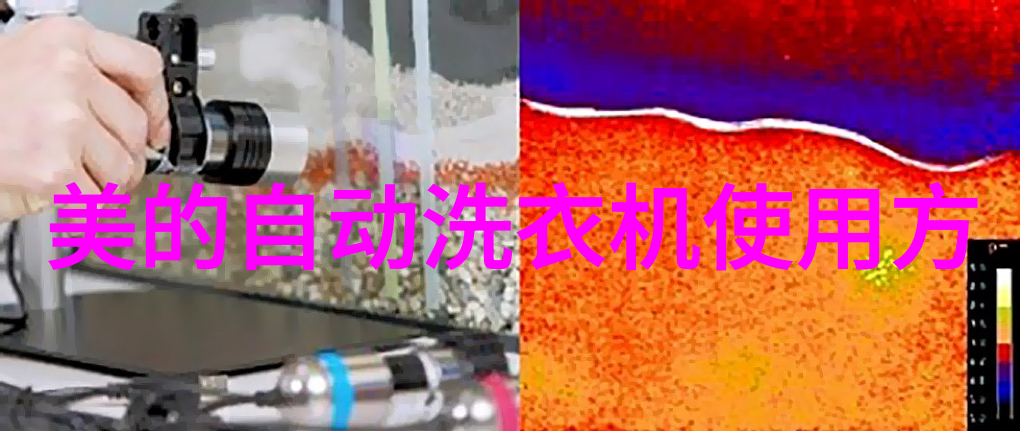A Comprehensive Guide to Selecting the Right CPVC Pipe Size and Wall Thickness for Your Project

Introduction
This article aims to provide a comprehensive guide on selecting the right CPVC (Chlorinated Polyvinyl Chloride) pipe size and wall thickness for your project. By understanding the specifications of CPVC pipes, you can ensure that your electrical conduit system is safe, efficient, and reliable.

Understanding CPVC Pipes
CPVC pipes are widely used in electrical conduit systems due to their excellent insulation properties, resistance to chemicals and corrosion, as well as their ease of installation. They come in different sizes and wall thicknesses to suit various applications.

Importance of Wall Thickness
The wall thickness of a CPVC pipe plays a crucial role in determining its strength and durability. Thicker walls offer better resistance to pressure changes, temperature fluctuations, and potential impacts or shocks during transportation or installation.

Factors Affecting Wall Thickness Selection
Several factors need to be considered when selecting the appropriate wall thickness for your project:

a) Operating Pressure: The higher the operating pressure required by your system, the thicker should be the pipe's wall.
b) Environmental Conditions: Extreme temperatures or exposure to harsh chemicals may require thicker walls for added protection.
c) Pipe Lengths: Longer pipes may necessitate thicker walls due to increased weight support requirements.
d) Installation Methods: Different installation methods such as direct burial or above-ground use may influence wall thickness selection.
Reading a CPVC Pipe Specification Table
When reviewing a table detailing cpvc电力管规格及壁厚表 (CPVC electrical conduit specifications including dimensions), it's essential not only understand each column but also how they interact with one another:
Inner diameter (ID): This represents the inside measurement of the pipe without accounting for any internal fittings like couplings or adapters.
Outer diameter (OD): This refers to outer measurement of an unthreaded end-to-end joint between two identical fittings with no interference from threads or other features.
Nominal size: It indicates what size fitting should be used based on manufacturer recommendations rather than actual measurements which can vary slightly among brands depending upon manufacturing processes employed by them at time production occurred;
Standardized outside diameter tolerance class - Tolerance Class "B" has tighter tolerances than Tolerance Class "C." For instance 1/8-inch nominal OD tubing might have an ID ranging from 0·405 inches up through 0·415 inches inclusive while having an OD range spanning from approximately 0·435 inches down through about 0·445 inches inclusive respectively under B-tolerancing; however these figures change when switching over into C-tolerancing where there would now exist more room between maximum & minimum values within same given dimension set so always double-check before making final choices because small variations could impact overall performance especially if considering high-pressure scenarios etc., wherein accuracy matters most since improper fitment might lead towards reduced lifespan & compromised safety standards being met effectively throughout entire lifecycle spanning multiple decades potentially even centuries ahead!
6 Conclusion
In conclusion this article provides valuable insights into choosing suitable cpvc电力管规格及壁厚表 options tailored specifically towards individual projects' unique requirements ensuring optimal performance efficiency reliability along with long-lasting structural integrity all while adhering strictly adherent compliance guidelines governing our industry worldwide!



